In fact, inter-regional connectivity is inevitable in the economic development of neighboring localities. We have organized the country's development space into many economic zones; built an organizational model and regional coordination mechanism to implement intra-regional connectivity and promote connectivity between regions, improving the efficiency of resource use. However, administrative boundaries create obstacles that prevent many key national infrastructure projects from being synchronized. Therefore, merging provinces/cities will open up a wider and more seamless development space.
Extending inter-provincial and inter-regional projects
2025 is an important milestone for the infrastructure transport sector of Ho Chi Minh City in particular and the entire Southern Key Economic Zone in general, when a series of major inter-regional connection projects are officially started and accelerated to the finish line. Along with the North-South Expressway, 5 expressways with a total length of about 276.9 km connecting Ho Chi Minh City with neighboring localities are being strongly accelerated.
According to the plan, connecting Ho Chi Minh City to the provinces, there are 5 expressways, but so far only 2 have been put into operation: Ho Chi Minh City - Trung Luong and Ho Chi Minh City - Long Thanh - Dau Giay. Traffic demand on both routes has exceeded the operating capacity, leading to congestion. Most recently, Deputy Prime Minister Tran Hong Ha has directed the Ministry of Construction to be responsible for the proposed plan, organize the implementation, and strive to inaugurate the project to expand the Ho Chi Minh City - Long Thanh - Dau Giay expressway to 8 - 10 lanes on September 2, 2026. Along with that, the Ho Chi Minh City - Trung Luong expressway was assigned by the Government to the Ministry of Construction to study and invest in the form of PPP, expanding to 8 lanes, the section from Trung Luong - My Thuan to expand to 6 lanes, connecting from Ho Chi Minh City to run through the expressway to Can Tho according to the plan. These are two strategic highways, one connecting Ho Chi Minh City to the northeast, one going to the west, very important for connecting the Ho Chi Minh City region in particular and the Southeast region in general.
According to experts, the plan to rearrange provinces and cities will help remove administrative boundary barriers, promote effective regional connectivity, and open up new development space.
PHOTO: NHAT THINH
In addition to the two expressways currently in operation, the Ben Luc - Long Thanh expressway is also being completed. This is a part of Ho Chi Minh City Ring Road 3 that was deployed earlier. Despite difficulties and long-term suspension, thanks to the Government's strong direction, the project has now put many important sections into use, moving towards opening the entire route (57.1 km) in 2026.
In addition to completing the construction and expansion of the three above-mentioned expressways, Ho Chi Minh City and Tay Ninh are focusing on implementing site clearance (GPMB) with the goal of starting construction of the first items of the Ho Chi Minh City - Moc Bai expressway in September this year. The investor said that this is a group A project, implemented according to the mechanism of separating the GPMB part into component projects as in the way of Ring Road 3, so when starting GPMB, it will simultaneously implement the construction project and then organize a bidding to call for investors. Another advantage is that this expressway passes through relatively good geological areas, the volume of GPMB is not large, so it can be implemented quickly, completed in 2027.
In addition, the Ho Chi Minh City - Thu Dau Mot - Chon Thanh expressway, with Binh Duong province as the lead agency in the research, was started by the Prime Minister at the beginning of this year. The project's progress is also relatively similar to the Ho Chi Minh City - Moc Bai expressway, which is to be completed in 2027. This expressway project is not located in the city, but Ho Chi Minh City has researched to invest in the connecting section from Go Dua intersection to the starting point of the expressway (at Ring Road 3) using the city's budget.
Thus, it is expected that by 2027, all 5 expressways connecting the region between Ho Chi Minh City and the provinces will be completed. However, as the economic locomotive of the whole country, the nucleus of the Southern Key Economic Zone, Ho Chi Minh City determines that inter-regional connectivity cannot rely solely on the expressway network which has lagged behind the development needs. Therefore, all riverside and coastal routes, even the urban railway network (metro) are being studied by Ho Chi Minh City to extend to Dong Nai, Binh Duong, Tay Ninh, Tien Giang, etc.
All of the above planning and orientations are based on the policy of transforming development into a multi-center model (multi-polar combined with secondary centers), ending the period of spontaneous development in the "oil spill" style of Ho Chi Minh City. To do that, Ho Chi Minh City leaders determined that transportation must go first to pave the way. In fact, transportation infrastructure is also the biggest bottleneck in connecting the Southern Key Economic Zone.
According to the 2024 summary assessment of the Ministry of Planning and Investment (now merged with the Ministry of Finance, named the Ministry of Finance), the GRDP scale of the Southeast region is estimated to reach more than 3.56 million billion VND. The average income per capita is estimated to reach more than 187 million VND/year, the highest among economic regions. However, the GRDP growth rate of the region in 2024 is estimated to reach 6.38%, lower than the average and ranked 4th out of 6 economic regions of the country. The overall growth of the region is showing a slowing trend. In particular, the first difficulty and challenge pointed out is that the transport infrastructure has not kept up with the economic growth rate. The transport connecting localities with Ho Chi Minh City is not complete and lacks synchronization.
Transport projects linking the Southern Key Economic Zone are being strongly promoted, creating momentum for economic breakthroughs.
PHOTO: NAM LONG
Specifically, the connecting traffic system including the beltway system, radial highways, railways, aviation, etc. is still under construction, expanded, and not yet completed. The railway from Saigon station connects to Song Than and Di An stations in Dong Nai and Binh Duong but has not yet connected to Ba Ria-Vung Tau. The air route is also weak because Tan Son Nhat airport is overloaded and Long Thanh airport has not yet been built. The waterway is also not stable, the Cai Mep - Thi Vai port clusters, Cat Lai port, etc. located along the Saigon River and Dong Nai River do not have a cohesive connection or cooperation in warehouses, infrastructure, etc. The loose connection makes the economic development of the whole region not commensurate with its potential.
However, if we look at the general planning of Ho Chi Minh City from 2011, we can see that all projects connecting Ho Chi Minh City with the provinces of the Southeast - Southwest from road to railway, waterway, air... have been proposed. The problem is that the implementation progress is very slow, not meeting the planning, mainly due to the prolonged unification process between localities.
For example, according to the plan, Ho Chi Minh City Ring Road 3 has a total length of about 89.3 km passing through Dong Nai, Binh Duong, Long An, Ho Chi Minh City and will be completed before 2020, but by 2019, only 16.3 km through Binh Duong province (accounting for 17.92%) has been completed. Because it is an inter-regional project, from the stage of site clearance to finding investment capital for the project, from the beginning, many difficulties were encountered, requiring the participation of many ministries, branches, provinces, and cities. Even when Ho Chi Minh City was assigned as the focal agency for implementation, each proposed plan had to seek opinions from each locality, then wait, synthesize, edit, and then "finalize" the plan.
That is only about the route, scale, and time agreement. When it comes to implementation, there are still many complications. Similarly, Ho Chi Minh City Ring Road 4, with a total length of nearly 200 km passing through 5 provinces and cities, is a national key project, playing an important role in breaking through the infrastructure of the Southern Key Economic Zone. Right from the time of writing the pre-feasibility study report, the project had to "halt" for nearly a year because it could not determine who would be the focal point. Right up to the day the Ho Chi Minh City People's Committee submitted the project's pre-feasibility study report to the Prime Minister, it still had to continuously urge localities that had not yet officially committed to capital sources to participate in the project.
Most recently, the Project to form an urban industrial belt, services, logistics along the corridors of Ring Roads 3 and 4 and inter-regional expressways implemented by the Department of Planning and Investment of Ho Chi Minh City (now the Department of Construction) from the beginning also determined that it would be impossible to complete the research and development of the project with a scope for the entire region within a period of about 3-4 months. Therefore, the planning agency proposed in the first phase to develop a project focusing on the scope of Ho Chi Minh City, with research on the relationship and connection with the economic space of the Southeast region.
Ho Chi Minh City - Moc Bai Expressway is speeding up site clearance work on the section passing through Cu Chi area.
PHOTO: MQ
Urban planning expert and architect Ngo Viet Nam Son pointed out that these are typical examples showing that for a long time, localities have developed in a localized direction, each doing its own thing, and the connections and linkages are still quite weak. Any inter-provincial, inter-regional, inter-local project when implemented also faces many challenges. Negotiations between localities always take a lot of time because in the connection, it is necessary to sign agreements that require discussion and consensus to balance the interests of all parties. Each locality has a different development orientation, way of doing things, potential, land fund, staff... so even though they share the same orientation of promoting infrastructure and transportation, each project will have a "difference". Traffic in the Southern Key Economic Zone, therefore, has been sluggish and weak for a long time.
Economic sub-regions create new momentum for breakthroughs
Supporting the policy of arranging provincial administrative units in the direction of merger and streamlining, Architect Ngo Viet Nam Son analyzed: The Ho Chi Minh City region currently has 8 localities, has built regional planning twice but just "left it there", lacking a cooperation and linkage program. In particular, the key economic quadrilateral of Ho Chi Minh City - Binh Duong - Dong Nai - Ba Ria-Vung Tau has special strengths in linkage, and is also the 4 localities that contribute the most to the national budget, but in the planning, the cooperation factor is only placed at a limited level, mainly each person still does their own thing.
Assuming that if Ho Chi Minh City is merged with Binh Duong and Ba Ria-Vung Tau, the first benefit, according to architect Nam Son, is that the loose quadrilateral connection will be tightened when there are only two partners, Ho Chi Minh City and Dong Nai. At that time, the feasibility of cooperation will increase greatly. At this time, Ho Chi Minh City's infrastructure system will also be greatly strengthened when it has the largest train station in Song Than area (Binh Duong) and the largest seaport in Cai Mep (Ba Ria-Vung Tau). Combined with the existing advantages of Ho Chi Minh City as a financial economic center, a center of education and training, a center of technology, Ho Chi Minh City will become an economic sub-region with extremely strong internal strength.
In addition, the merger will change the urban planning structure of Ho Chi Minh City. Previously, the city was oriented to be a multi-center urban area including 1 inner city and 5 satellite cities. If merged with Binh Duong, Ba Ria-Vung Tau will become 3 important development poles. Of which, the central pole is the inner city of Ho Chi Minh City, the second pole is the new urban area of Binh Duong. This is a high land area, ensuring adaptation to climate change, rising sea levels, and is of important development strategy. The city will develop traffic to push the urban area towards Binh Duong to ensure sustainable development. The third pole is the Ganh Rai - Can Gio bay area, which will become a coastal urban pole with the combination of Cai Mep - Thi Vai port and Can Gio international transit port. Can Gio port will also connect with industrial clusters in Binh Duong, Thu Duc, Bien Hoa to upgrade to an international port. The Can Gio coastal urban area, from the scale of an ecological marine urban area connecting to Ho Chi Minh City, will also open up new potential when connecting to Ba Ria-Vung Tau. Bridges, roads, and connecting metros will also naturally form along the axis from Ba Ria-Vung Tau to Can Gio.
"Thus, a strategic infrastructure axis located between Ho Chi Minh City including Binh Duong - Ho Chi Minh City - Ba Ria-Vung Tau, including roads, railways, highways, waterways connecting to airports, seaports... will be formed, opening up many new potentials, promoting the economy extremely strongly. Regional connectivity will become natural, there will no longer be complicated meetings between 3-4 localities, but only one decision is needed. Ho Chi Minh City will be like a national economic sub-region, management will not be too worried because there is great support from technology in the century of globalized information, flat world. This is an opportunity to realize regional connectivity projects to create strong growth poles in the south that we have been struggling to do for many years", Architect Ngo Viet Nam Son expected.
Sharing the same view, Associate Professor Dr. Tran Hoang Ngan (National Assembly Delegation of Ho Chi Minh City) affirmed that merging provinces is a correct and reasonable policy, contributing to streamlining the apparatus and most importantly, harmoniously solving the problem of linking localities, forming uniformity in an economic sub-region. This helps increase the scale and size of a locality, forming a city that can stand shoulder to shoulder with large cities in the world.
According to him, in the past, the Ho Chi Minh City Region had a Regional Steering Committee but there was no institution on the management apparatus, specific personnel and financial institutions. The Steering Committee had no power and had not yet built common interests for localities, leading to weak regional linkages. Inter-regional projects and projects intersecting between localities were blocked, so economic growth also slowed down. If merged, the regional linkage problem would be solved. There would no longer be difficulties in coordinating the implementation of the policy of building common projects such as Ring Road 3 and Ring Road 4 of Ho Chi Minh City. With favorable cooperation, large projects would also be implemented on the overall planning: this area is oriented to become an urban area, that area develops tourism, that large land area is to implement a high-tech zone, etc. The policy of developing infrastructure, transportation and economy will be very favorable.
When forming a large economic sub-region, there will certainly continue to be connections between localities within the sub-region and outside the sub-region. It is just that the nature of the connection has changed. There are no longer barriers and difficulties in the mindset of each doing their own thing, competing with each other to benefit external parties. Here, we are discussing how to cooperate and how to take advantage of each other's strengths. That means we must continue to build regional linkage institutions to create a united and unified bloc, from which we can plan policies to help the strengths between localities be fully promoted, becoming many driving forces to promote economic development.
Associate Professor, Dr. Tran Hoang Ngan
It is possible to imagine that by 2028, when the radial expressways are completed, they will connect with Ho Chi Minh City to Ring Road 3 and Ring Road 4. The gateway area and urban space of Ho Chi Minh City will expand, promoting the effectiveness of inter-regional connections. In the inner ring, there will be national highways: National Highway 1, National Highway 22, National Highway 13 and Ring Road 2. In particular, the expansion projects of National Highway 1, National Highway 22, National Highway 13 have been planned to be implemented under the BOT form. The plan is to complete the upgrading and expansion of these routes by 2027. At the same time, Ring Road 2 will close the entire eastern section from Vo Chi Cong Street to National Highway 1, and section 4 from Kinh Duong Vuong Street to Nguyen Van Linh. The overall traffic picture is very bright and convenient.
Leaders of Ho Chi Minh City Department of Transport
Thanhnien.vn
Source: https://thanhnien.vn/sap-xep-dieu-chinh-don-vi-hanh-chinh-mo-rong-khong-gian-phat-trien-kinh-te-185250323221005223.htm


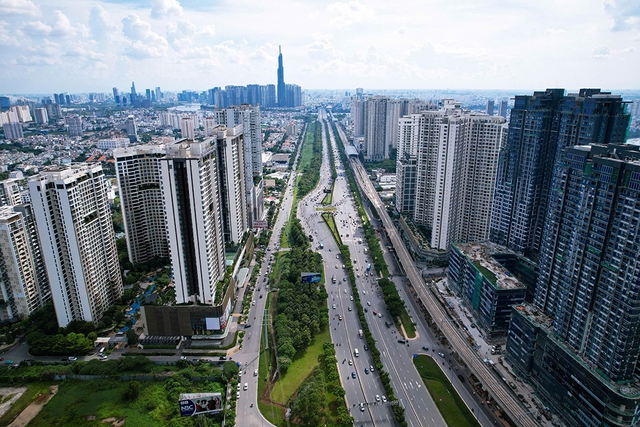
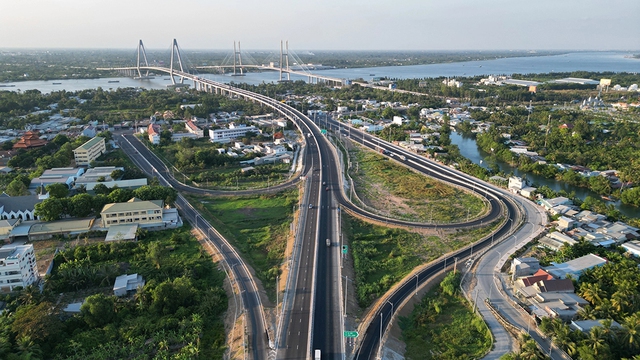
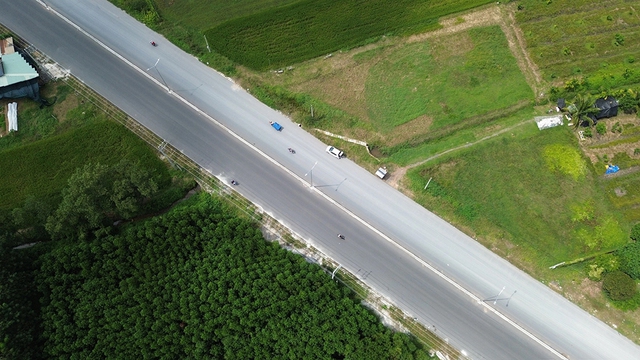



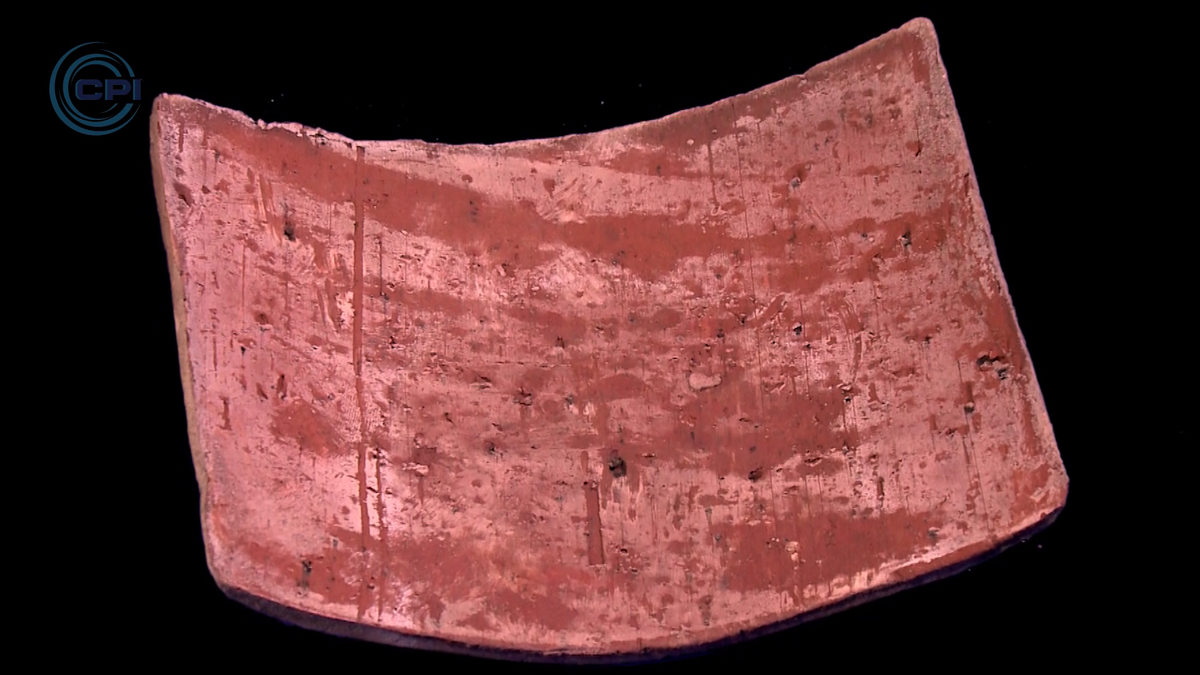

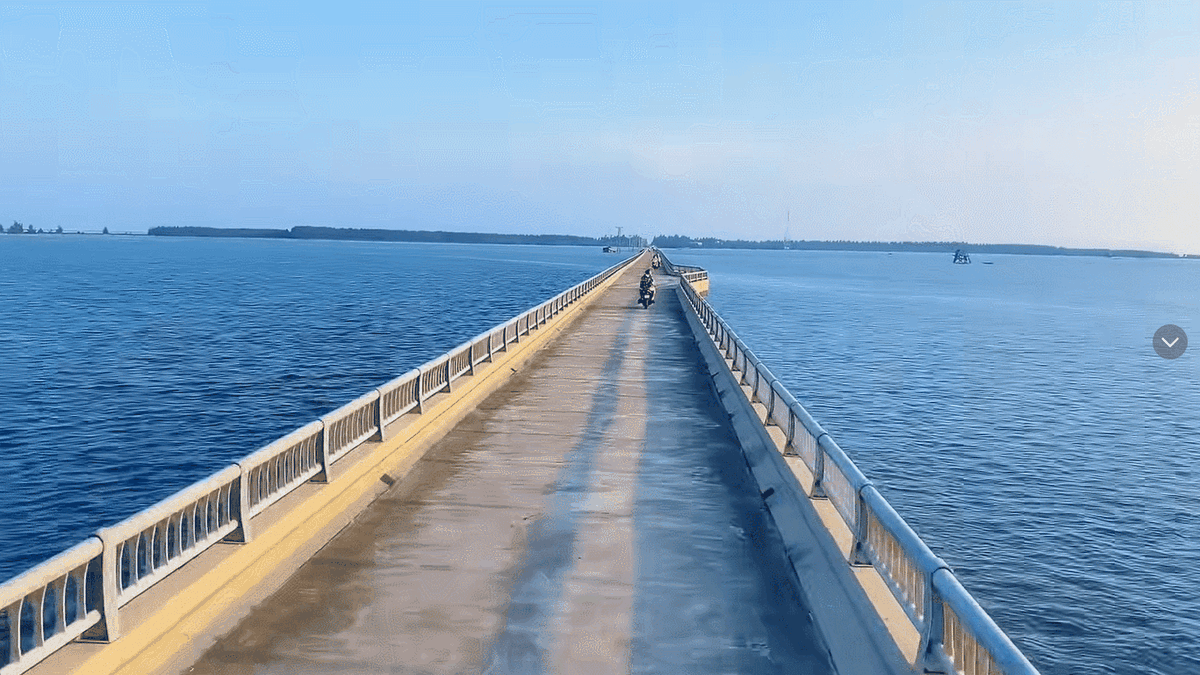


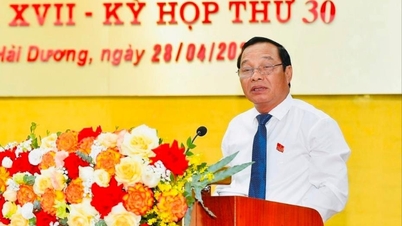

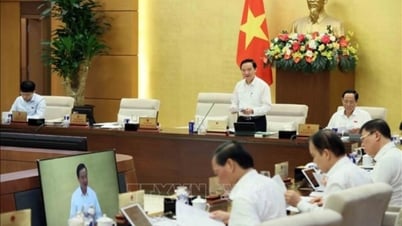



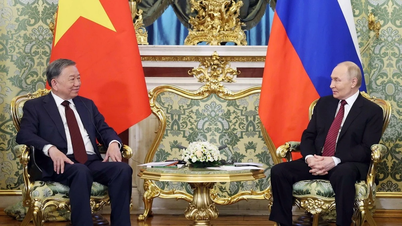
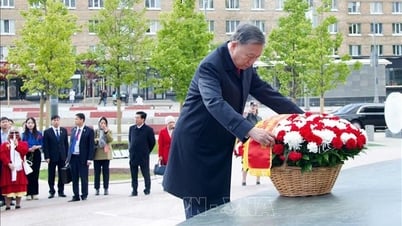
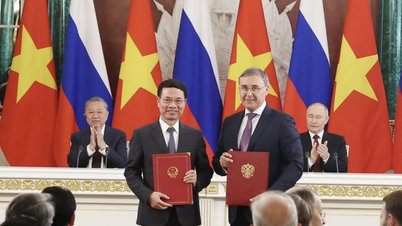
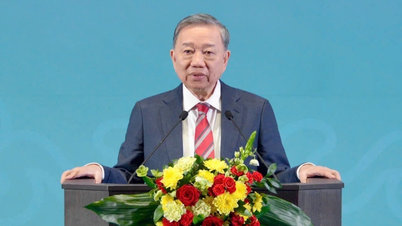
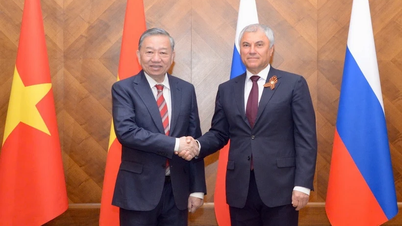




















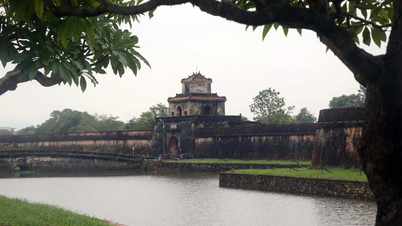








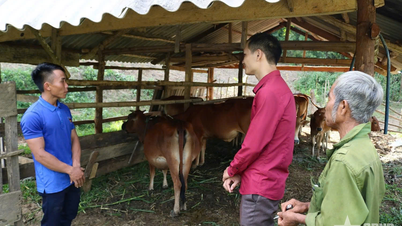

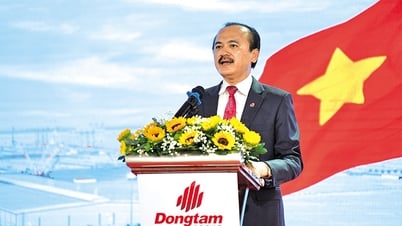























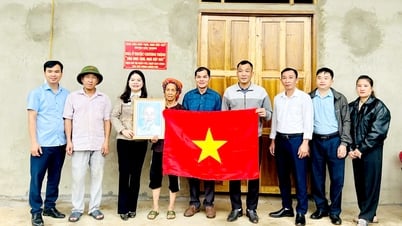

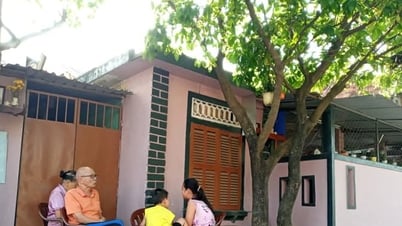
















Comment (0)